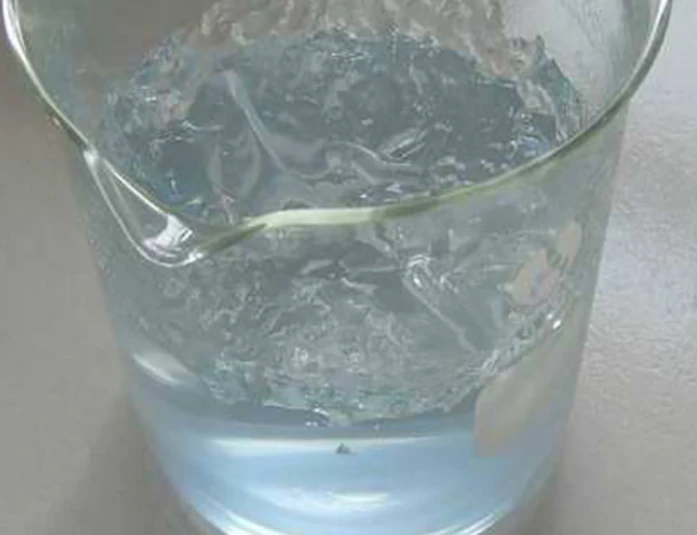polymaleic anhydride
Polymaleic Anhydride An Overview
Polymaleic anhydride (PMA) is a synthetic polymer that derives from maleic anhydride, a colorless organic compound with a distinctive reactivity profile. It is known for its unique properties that make it suitable for various applications across different industries. PMA is recognized for its ability to form copolymers, its compatibility with multiple substances, and its significant performance in numerous environmental conditions.
Chemical Structure and Properties
Polymaleic anhydride is a type of polycarboxylic acid that exhibits a backbone primarily made up of maleic anhydride units. The structural formula can be represented as repeating units of maleic anhydride, which can undergo hydrolysis to yield maleic acid. One notable feature of PMA is the presence of reactive anhydride groups that can engage in chemical reactions with nucleophiles. This allows for the modification of PMA to enhance its properties or to tailor its functionality for specific applications.
Additionally, PMA exhibits excellent thermal stability and resistance to degradation under various environmental conditions. Its thermoplastic nature and the ability to dissolve in various organic solvents further increase its applicability in different fields. PMA can also be synthesized in various molecular weights, which allows for the tuning of its physical characteristics and processing behavior.
Applications in Industry
The versatility of polymaleic anhydride enables its utilization in numerous industries. One of the primary applications of PMA is in the production of surfactants. PMA can form salts which enhance the effectiveness of surfactants, making them ideal for use in detergents and cleaning agents. By modifying the PMA with other chemicals, manufacturers can create customized surfactants that improve wetting, dispersion, and emulsification properties.
polymaleic anhydride

PMA is also widely used in the field of water treatment. It acts as a dispersant and scale inhibitor in various aqueous systems, helping to manage the formation of scale in cooling towers and boilers. By controlling the growth of scale-forming minerals, PMA helps to improve the efficiency of thermal systems and prolong their operational lifespan.
In the realm of coatings and adhesives, PMA's excellent adhesion properties make it a valuable additive. It can enhance the performance of coatings by improving their durability and resistance to chemicals. Furthermore, PMA is applied as a component in various adhesives, providing better bonding strength and thermal resistance.
Medical and Pharmaceutical Applications
In the medical field, polymaleic anhydride has shown promise in drug delivery systems. Its biocompatibility and ability to form conjugates with drugs make it a suitable candidate for targeted drug delivery applications. Researchers are investigating the use of PMA in the development of nanocarriers that can transport therapeutics directly to specific sites within the body, thereby enhancing the efficacy of treatments while minimizing side effects.
Moreover, PMA is being explored as a potential candidate for use in biodegradable materials. As environmental concerns continue to rise, the development of polymers that can degrade in nature becomes increasingly important. PMA's chemical structure allows it to be modified for biodegradability, potentially leading to sustainable alternatives in packaging and other material applications.
Conclusion
Polymaleic anhydride is a polymer with a wide range of applications and significant commercial value due to its unique properties. Its roles in surfactants, water treatment, coatings, adhesives, and even in the medical field highlight its versatility and importance. As research into PMA continues and the demand for innovative materials grows, its potential applications are likely to expand further, paving the way for more sustainable and effective solutions across various industries. The continued exploration of PMA’s capabilities will undoubtedly contribute to advancements in both industrial processes and consumer products, emphasizing the polymer's role in modern chemistry and material science.
-
Water Treatment with Flocculant Water TreatmentNewsJun.12,2025
-
Polymaleic AnhydrideNewsJun.12,2025
-
Polyaspartic AcidNewsJun.12,2025
-
Enhance Industrial Processes with IsothiazolinonesNewsJun.12,2025
-
Enhance Industrial Processes with PBTCA SolutionsNewsJun.12,2025
-
Dodecyldimethylbenzylammonium Chloride SolutionsNewsJun.12,2025





